- Fast-acting relief from seborrheic dermatitis symptoms like redness, itching, and flaking.
- Effective for short-term flare control but long-term use carries risks.
- Understand safe application, potential side effects, and alternative treatments.
- Learn how hydrocortisone works to calm skin inflammation.
Seborrheic dermatitis is a common skin condition characterized by persistent red, flaky, and sometimes itchy patches, primarily affecting oily areas such as the scalp, face, and chest. While its exact cause is complex, involving genetics, the Malassezia yeast, and immune system responses, effective symptom management is key for those living with this condition.
Hydrocortisone, a mild corticosteroid, is a frequently used treatment. This article explores how hydrocortisone addresses seborrheic dermatitis, weighing its benefits and risks for those seeking relief.
Quick Read: This article examines hydrocortisone cream for seborrheic dermatitis, focusing on its rapid anti-inflammatory action. While effective for short-term symptom control, it highlights risks like skin thinning and rebound effects, advocating for careful, intermittent use and exploring alternative options.
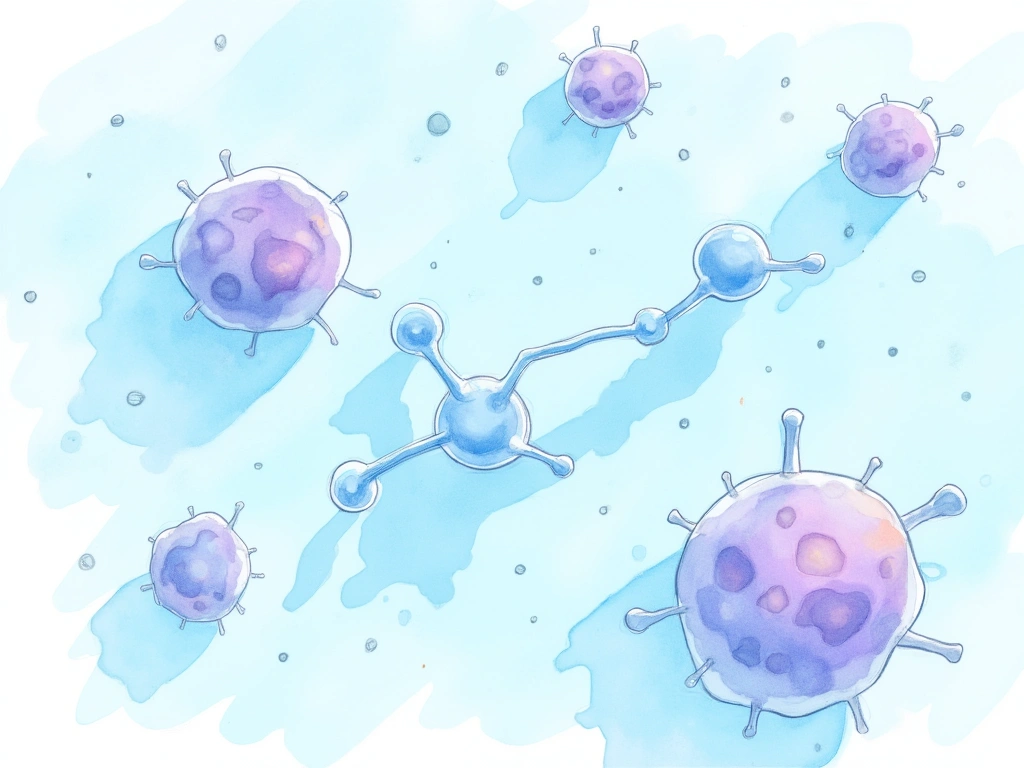
How Hydrocortisone Cream Works for Seborrheic Dermatitis
Hydrocortisone cream is a common recommendation for managing seborrheic dermatitis due to its ability to reduce inflammation. It effectively lessens lesion severity and improves symptoms. However, it’s important to be aware of the potential downsides of long-term corticosteroid use, such as skin thinning and steroid withdrawal [1].
Key Benefits of Hydrocortisone for Seborrheic Dermatitis
- Rapid Symptom Relief: Hydrocortisone quickly reduces skin inflammation, easing redness and flakiness [2].
- Lower Risk Profile: As a low-potency corticosteroid, hydrocortisone generally has fewer side effects compared to stronger steroids [3].
- Ideal for Short-Term Use: It’s best suited for short treatment periods to manage acute seborrheic dermatitis flare-ups [1].
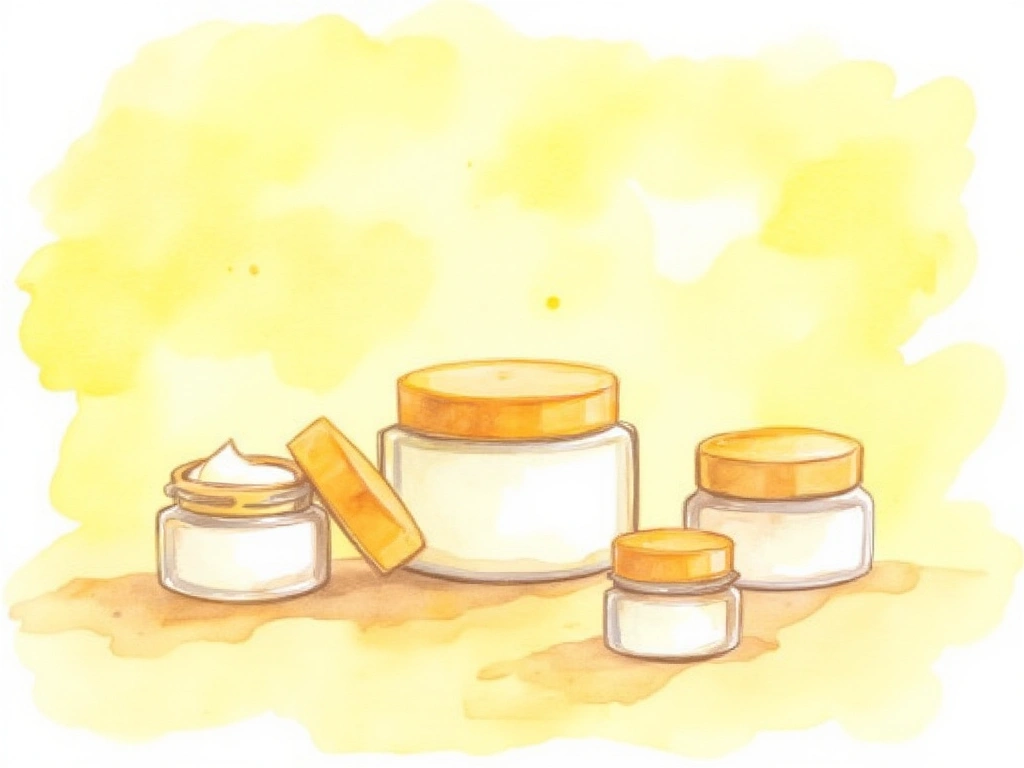
Hydrocortisone Formulations and Application
Hydrocortisone comes in various forms like creams, ointments, gels, and sprays, designed for easy application and effectiveness in inflammatory skin conditions like seborrheic dermatitis [4]. Choosing the right formulation is important for treatment success and consistent use.

The Science Behind Hydrocortisone: Reducing Inflammation
Hydrocortisone’s effectiveness stems from its strong anti-inflammatory properties, providing relief from seborrheic dermatitis symptoms.
Targeting the Immune Response
- Reduces Inflammation: Hydrocortisone curbs the production of substances that cause inflammation, lessening redness and itchiness. This action on the inflammatory pathway leads to symptom reduction [5].
- Emerging Delivery Methods: Innovations like modified-release hydrocortisone formulations are being developed to boost effectiveness and potentially decrease side effects [6].
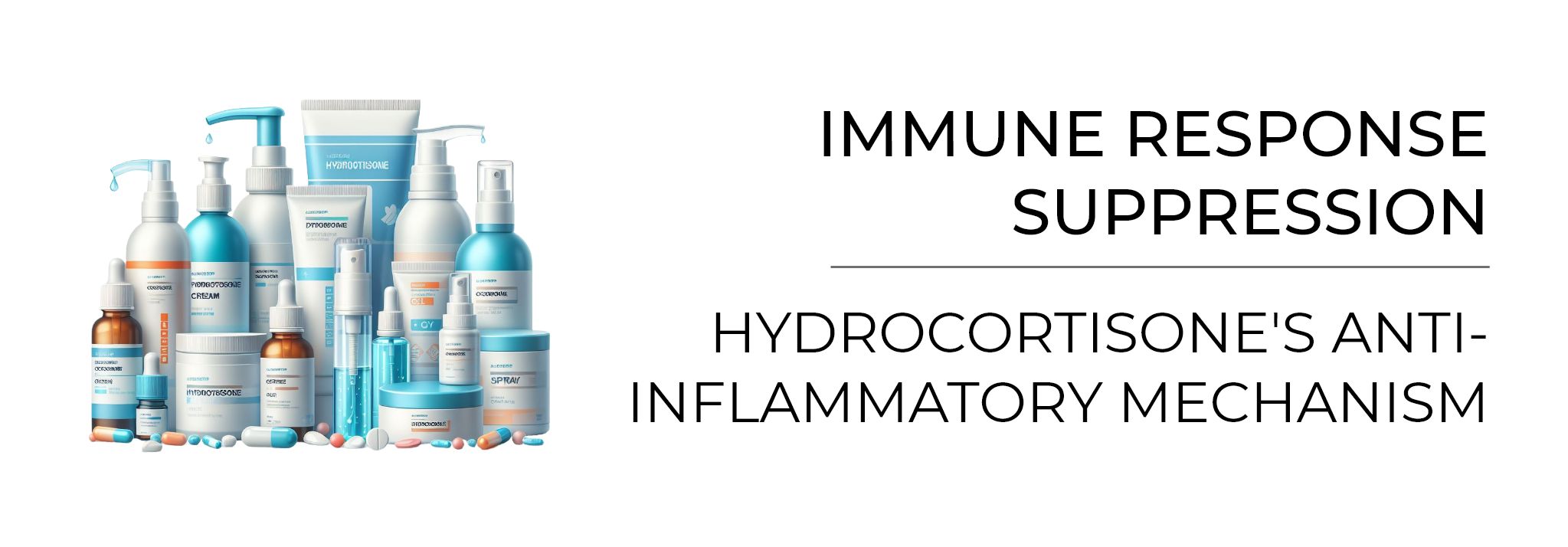
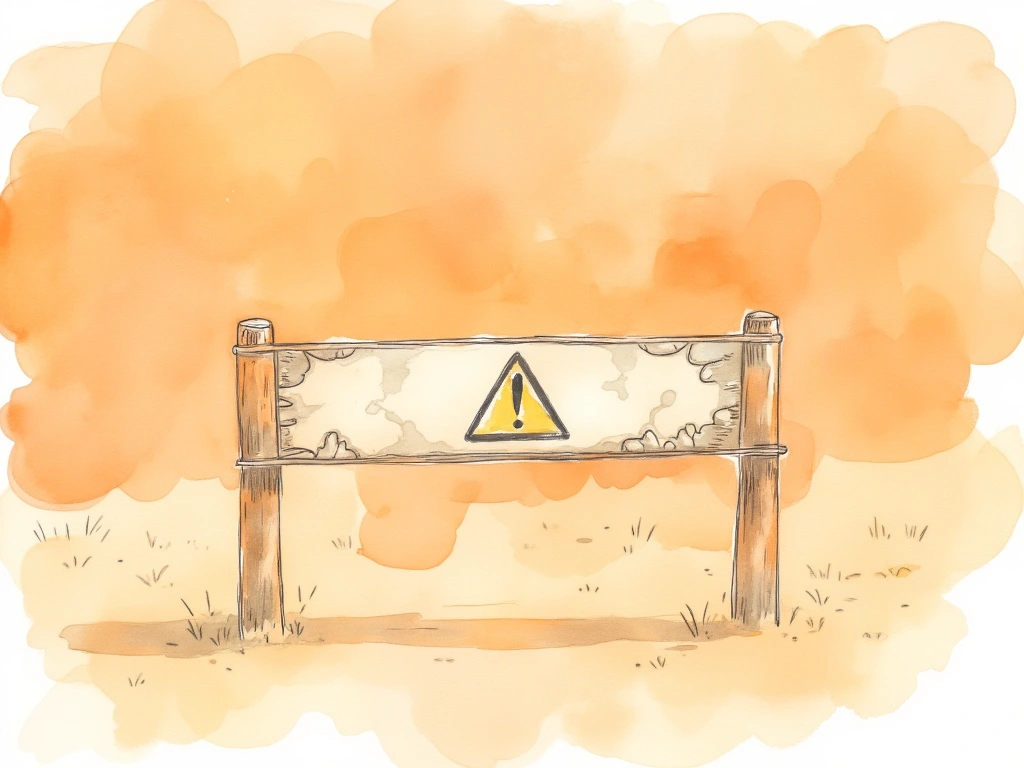
Potential Side Effects and Important Risks of Hydrocortisone
While beneficial for seborrheic dermatitis, hydrocortisone has potential risks, especially with prolonged use.
Risks of Prolonged Use
- Skin Thinning (Epidermal Atrophy): Long-term use can cause skin thinning, making it more fragile and susceptible to bruising [7].
- Rebound Effect: Stopping hydrocortisone abruptly after extended use can worsen symptoms [].
- Steroid Phobia: Concerns about side effects can lead to fear of using corticosteroids, impacting treatment adherence [8].
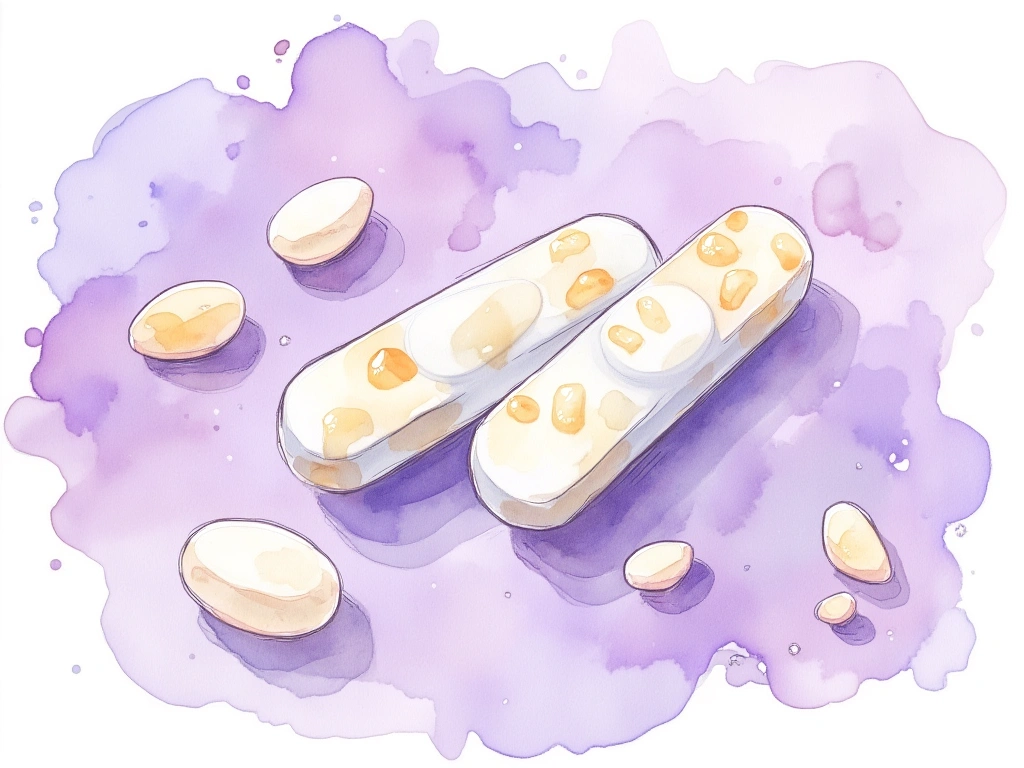
Alternatives to Hydrocortisone for Seborrheic Dermatitis
Fortunately, effective alternatives to hydrocortisone exist. Antifungal creams like sertaconazole offer a comparable option with potentially fewer side effects [9].
Exploring Other Treatment Options

Comprehensive Strategies for Managing Seborrheic Dermatitis
Effective seborrheic dermatitis management often involves a combination of approaches:
Combining Therapies for Best Results
- Combination Therapy: Using antifungals alongside corticosteroids like hydrocortisone can improve treatment effectiveness [11].
- Medication Cycling: Alternating hydrocortisone with other treatments can help maintain effectiveness and reduce side effects.

Real-World Insights: Hydrocortisone Experiences
Online discussions, such as those on Reddit’s r/SebDerm community, reveal varied experiences with hydrocortisone. While many users report effective relief, they also caution about dependence and symptom worsening upon withdrawal [[Source: https://www.reddit.com/r/SebDerm/]].

Safe and Effective Hydrocortisone Use: Key Recommendations
To maximize benefits and minimize risks, use hydrocortisone cream correctly:
Best Practices for Hydrocortisone Application
- Intermittent Use: Use hydrocortisone for short periods to manage flare-ups and reduce risk [1].
- Follow Doctor’s Advice: Always adhere to your healthcare provider’s instructions for hydrocortisone use.
- Avoid Overuse: Stick to prescribed amounts and duration to prevent skin thinning and other side effects.
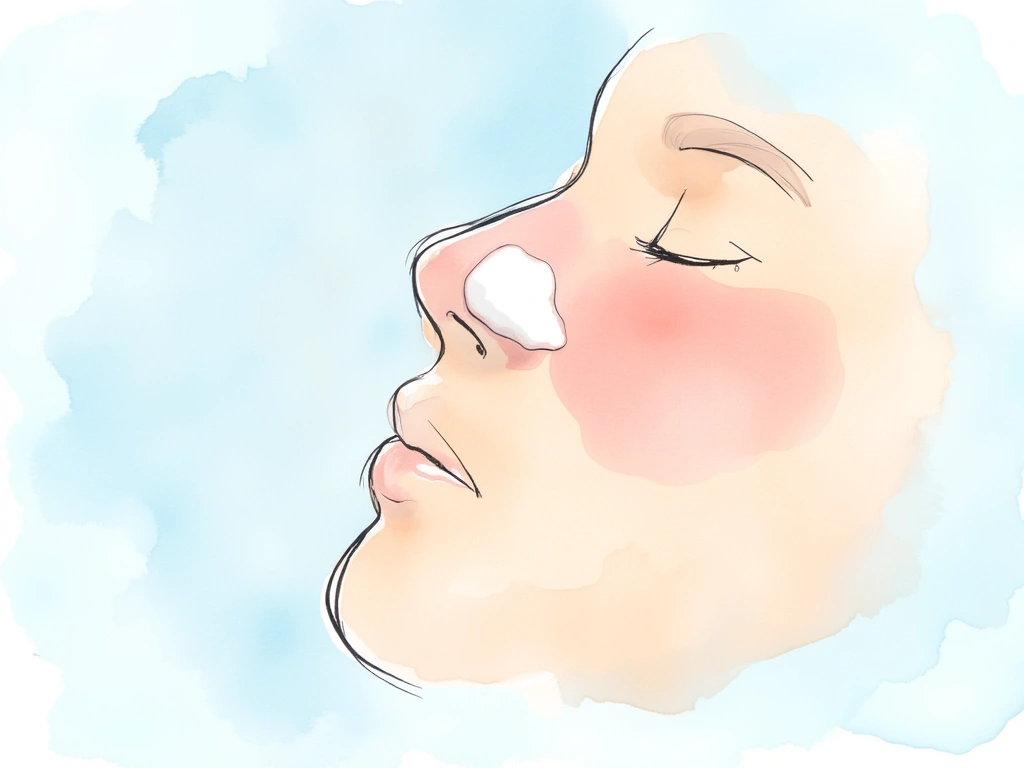
Conclusion: Hydrocortisone in Seborrheic Dermatitis Management
Hydrocortisone cream is a valuable tool for managing seborrheic dermatitis, particularly for quickly controlling inflammation during flare-ups. While effective for short-term relief, responsible use is crucial to avoid potential side effects.
Future advancements in drug delivery and a deeper understanding of seborrheic dermatitis may lead to improved treatments that maximize hydrocortisone’s benefits while further minimizing risks. A well-rounded approach, combining hydrocortisone judiciously with antifungals and considering non-steroidal options, offers the most balanced strategy for managing this skin condition.
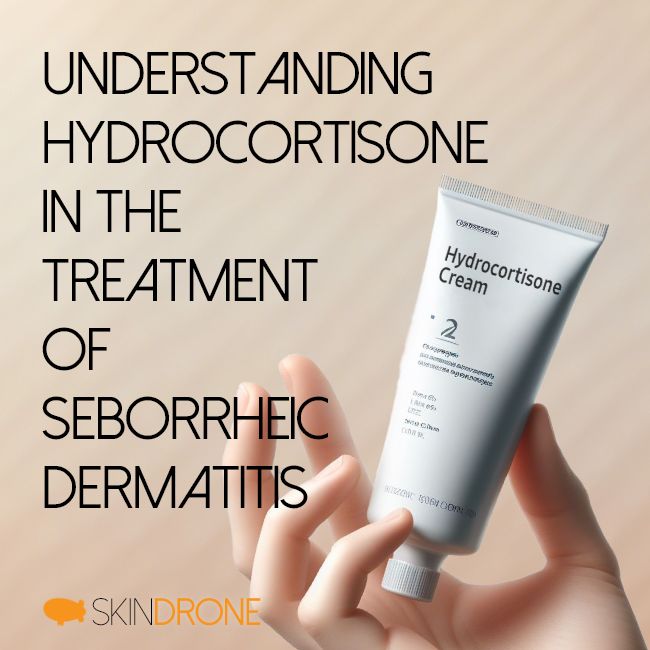
No Comments
Be the first to start a conversation